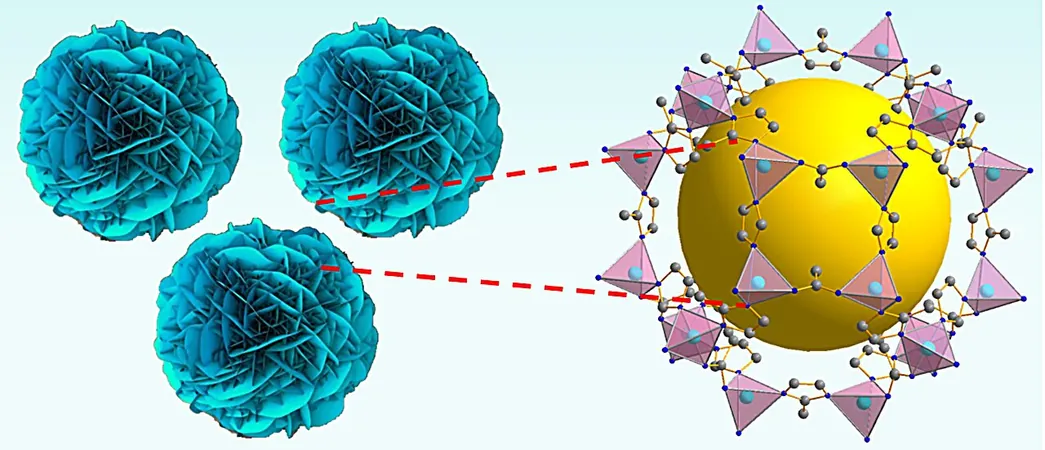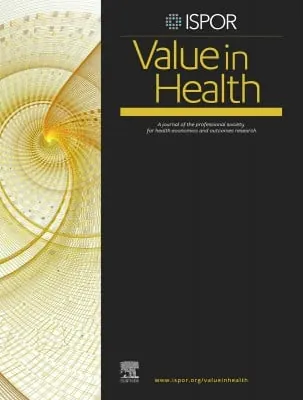
Revolutionary Low-Temperature Plasma Method Sparks Nanozyme Breakthrough in Antibiotic Battle
2025-07-07
Author: Michael
Game-Changing Discovery in Nanozyme Technology
A groundbreaking research team has unveiled a cutting-edge series of CoNi-metal-organic framework (MOF) nanozymes boasting laccase-like activity, all thanks to an innovative gas-liquid interface dielectric barrier discharge (DBD) low-temperature plasma (LTP) technique.
Leading the Charge Against Antibiotic Pollution
Under the expert guidance of Professor Huang Qing from the Hefei Institutes of Physical Science, part of the Chinese Academy of Sciences, this exciting discovery was detailed in the Journal of Hazardous Materials. Nanozymes are gaining traction in the scientific community due to their remarkable catalytic capabilities, unrivaled stability, and versatility.
Tackling Major Hurdles in Environmental Remediation
Despite the promising potential of nanozymes, researchers have faced significant hurdles in their design, large-scale production, and functional applications for environmental cleanup. After years of dedicated exploration, this research team has harnessed LTP technology to forge unique nanozyme materials that can effectively combat antibiotic pollution.
Innovative Design Inspired by Nature
The researchers drew inspiration from natural laccase—an environmentally friendly biocatalyst—to craft a bimetallic MOF material known as CoNi-MOF. This novel material excels in mimicking the activity of laccase, enabling it to decompose high concentrations of tetracycline efficiently. Moreover, it shows remarkable stability and tolerance in varying environmental conditions, while crucially minimizing biotoxicity.
Real-World Application: Combining Technology for Success
In a significant stride towards real-world applications, the team integrated these nanozymes with an aeration device, achieving powerful degradation of tetracycline antibiotics. This practical implementation marks a step forward in harnessing their potential for environmental restoration.
A Promising Future for Eco-Friendly Solutions
This study not only showcases a pioneering low-temperature plasma-based method for synthesizing high-performance nanozymes but also positions itself as a beacon of hope in the ongoing fight against antibiotic pollution.









 Brasil (PT)
Brasil (PT)
 Canada (EN)
Canada (EN)
 Chile (ES)
Chile (ES)
 Česko (CS)
Česko (CS)
 대한민국 (KO)
대한민국 (KO)
 España (ES)
España (ES)
 France (FR)
France (FR)
 Hong Kong (EN)
Hong Kong (EN)
 Italia (IT)
Italia (IT)
 日本 (JA)
日本 (JA)
 Magyarország (HU)
Magyarország (HU)
 Norge (NO)
Norge (NO)
 Polska (PL)
Polska (PL)
 Schweiz (DE)
Schweiz (DE)
 Singapore (EN)
Singapore (EN)
 Sverige (SV)
Sverige (SV)
 Suomi (FI)
Suomi (FI)
 Türkiye (TR)
Türkiye (TR)
 الإمارات العربية المتحدة (AR)
الإمارات العربية المتحدة (AR)